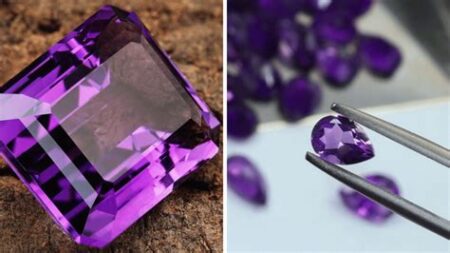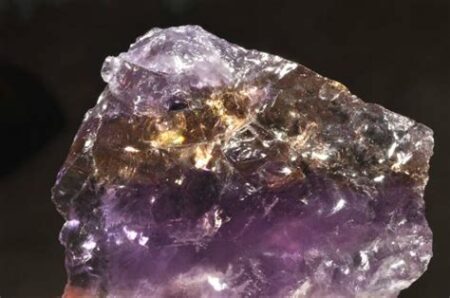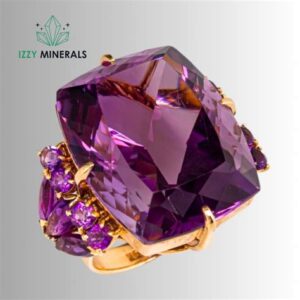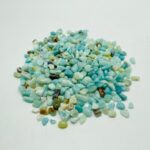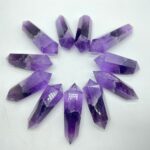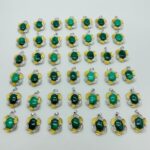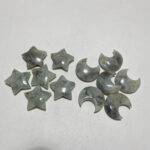Introduction
Black diamonds, also known as carbonados, are a rare and captivating type of diamond that has gained significant popularity in recent years. Unlike traditional white diamonds, black diamonds possess a unique opaque, black appearance due to the presence of inclusions, such as graphite and other minerals. Identifying raw black diamonds in rock can be a challenging task, but by understanding their characteristics and employing specific techniques, individuals can increase their chances of successful identification.
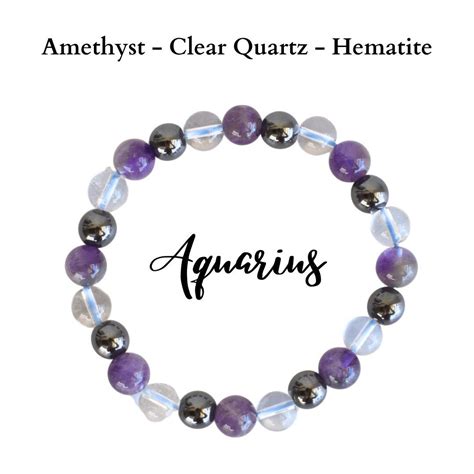
1. Physical Characteristics of Raw Black Diamonds
1.1 Color and Appearance
Raw black diamonds are characterized by their opaque, black color, which results from the presence of graphite inclusions. They often have a rough and irregular surface texture, with visible pits and scratches.
1.2 Hardness
Black diamonds are the hardest known natural material, with a Mohs hardness of 10. This property makes them extremely resistant to scratching and abrasion, which can be a useful indicator of authenticity when examining raw diamonds.
1.3 Density
The density of black diamonds ranges between 3.15 and 3.52 grams per cubic centimeter, slightly higher than that of traditional white diamonds. This difference in density can be detected using specialized equipment, such as a pycnometer.
2. Identification Techniques
2.1 Scratch Test
One of the most common methods for identifying raw black diamonds is the scratch test. Using a diamond tester or a piece of known diamond, gently scratch the surface of the suspected diamond. If it does not scratch, it is likely a genuine diamond.
2.2 Heat Test
Black diamonds can withstand extreme heat without burning or changing color, unlike imitations made from other materials. Heat the suspected diamond using a torch or lighter for several seconds and observe its reaction. If it remains unchanged, it is likely a real black diamond.
2.3 Professional Gemological Examination
For definitive identification, it is recommended to consult a professional gemologist. They have specialized equipment and expertise to accurately analyze the diamond’s carat weight, clarity, color, and cut.
3. Geological Occurrence
Black diamonds are primarily found in alluvial deposits, which are formed when diamonds are transported from their original source by water currents. Notable locations include the Central African Republic, Brazil, and Russia.
4. Applications of Raw Black Diamonds
4.1 Industrial Applications
Due to their extreme hardness and durability, raw black diamonds are extensively used in industrial applications. They are employed in cutting tools, abrasives, and drill bits for cutting through hard materials.
4.2 Jewelry
Black diamonds are gaining popularity in the jewelry industry, particularly in contemporary designs. They offer a unique and striking contrast when set in white or yellow gold, creating edgy and sophisticated pieces.
4.3 Collection and Investment
Some collectors and investors value raw black diamonds due to their rarity and unique beauty. They may be purchased and stored as a precious commodity, with prices varying based on size, quality, and provenance.
5. Market Value and Trends
5.1 Price Range
The price of raw black diamonds varies depending on their size, quality, and source. Smaller diamonds typically range from $50 to $500 per carat, while larger stones can fetch prices upwards of $10,000 per carat.
5.2 Market Trends
The demand for black diamonds has been growing steadily in recent years, fueled by their unique aesthetics and increasing popularity in jewelry. This has resulted in a rise in prices and a growing interest among collectors and investors.
6. Ethical Considerations
6.1 Conflict Diamonds
It is crucial to be aware of the ethical implications of purchasing diamonds, including black diamonds. Ensure that the diamonds you acquire are conflict-free, meaning they have not been used to finance wars or human rights abuses.
6.2 Sustainability
Consider the sustainability of the diamond industry when purchasing black diamonds. Support ethically sourced diamonds from mines that adhere to environmental and social standards.
Table 1: Comparison of Raw Black Diamonds and White Diamonds
| Characteristic | Raw Black Diamonds | White Diamonds |
|---|---|---|
| Color | Black, opaque | Colorless, transparent |
| Hardness | 10 (Mohs) | 10 (Mohs) |
| Density | 3.15-3.52 g/cm³ | 3.51-3.53 g/cm³ |
| Occurrence | Alluvial deposits | Kimberlite pipes |
| Industrial Applications | Cutting tools, abrasives | Yes (limited) |
| Jewelry Applications | Yes | Yes (more common) |
Table 2: Market Prices of Raw Black Diamonds
| Carat Weight | Price Range |
|---|---|
| 1 carat | $50-$500 |
| 2 carats | $200-$1,000 |
| 5 carats | $500-$2,500 |
| 10 carats | $1,000-$5,000 |
| Over 10 carats | $10,000+ |
Table 3: Common Inclusions in Raw Black Diamonds
| Inclusions | Chemical Composition |
|---|---|
| Graphite | Carbon |
| Hematite | Iron oxide |
| Pyrite | Iron sulfide |
| Magnetite | Iron oxide |
Table 4: Ethical Considerations for Black Diamond Purchases
| Ethical Consideration | Significance |
|---|---|
| Conflict-free | Avoid diamonds used to finance wars |
| Sustainability | Support ethically sourced diamonds from responsible mines |
Conclusion
Identifying raw black diamonds in rock requires a combination of knowledge, observation skills, and specialized techniques. By understanding their physical characteristics, employing identification methods, and considering ethical implications, individuals can increase their chances of successfully identifying genuine black diamonds. These rare and fascinating gemstones offer unique applications in both industrial and jewelry industries, making them a valuable and captivating asset for collectors and investors alike.

